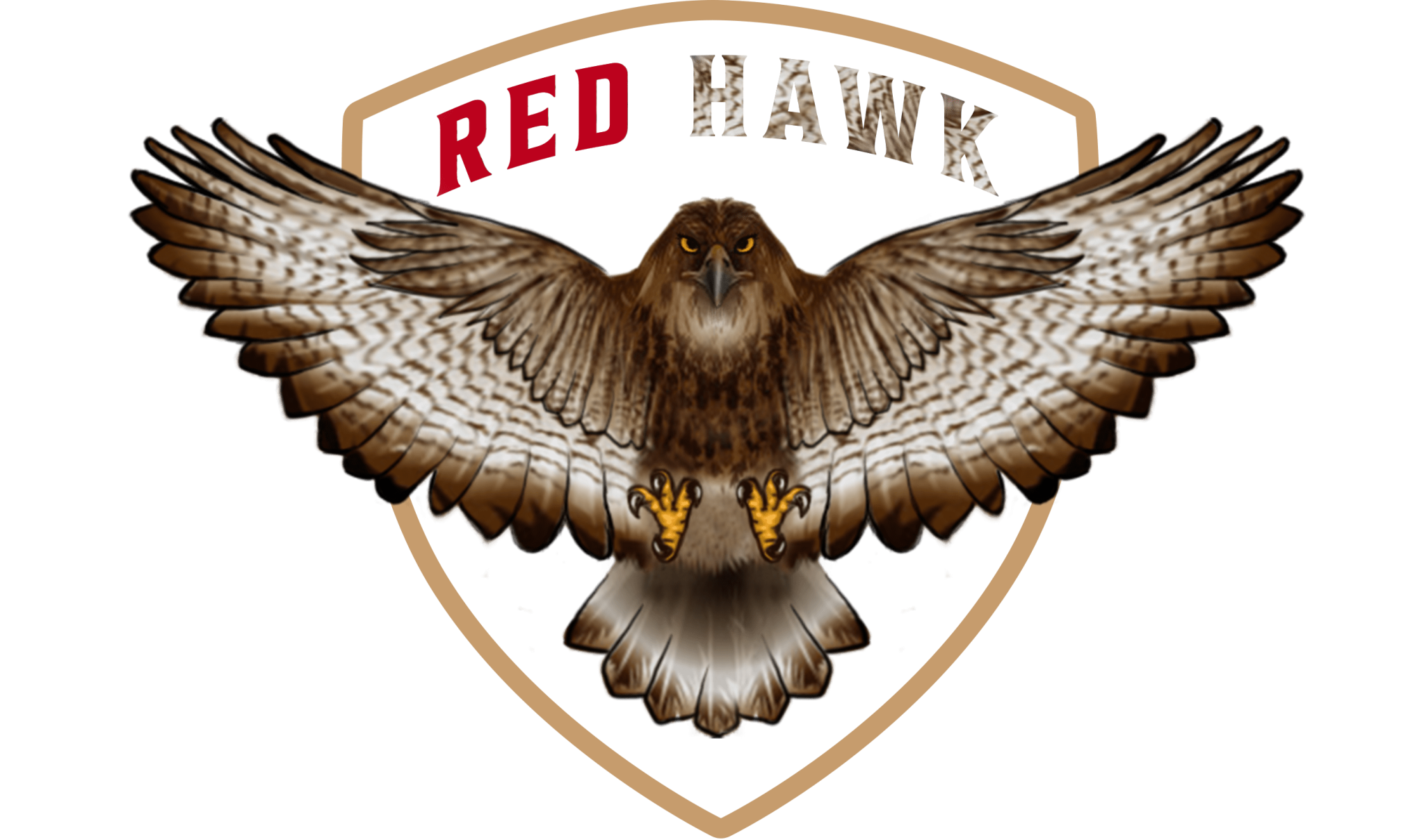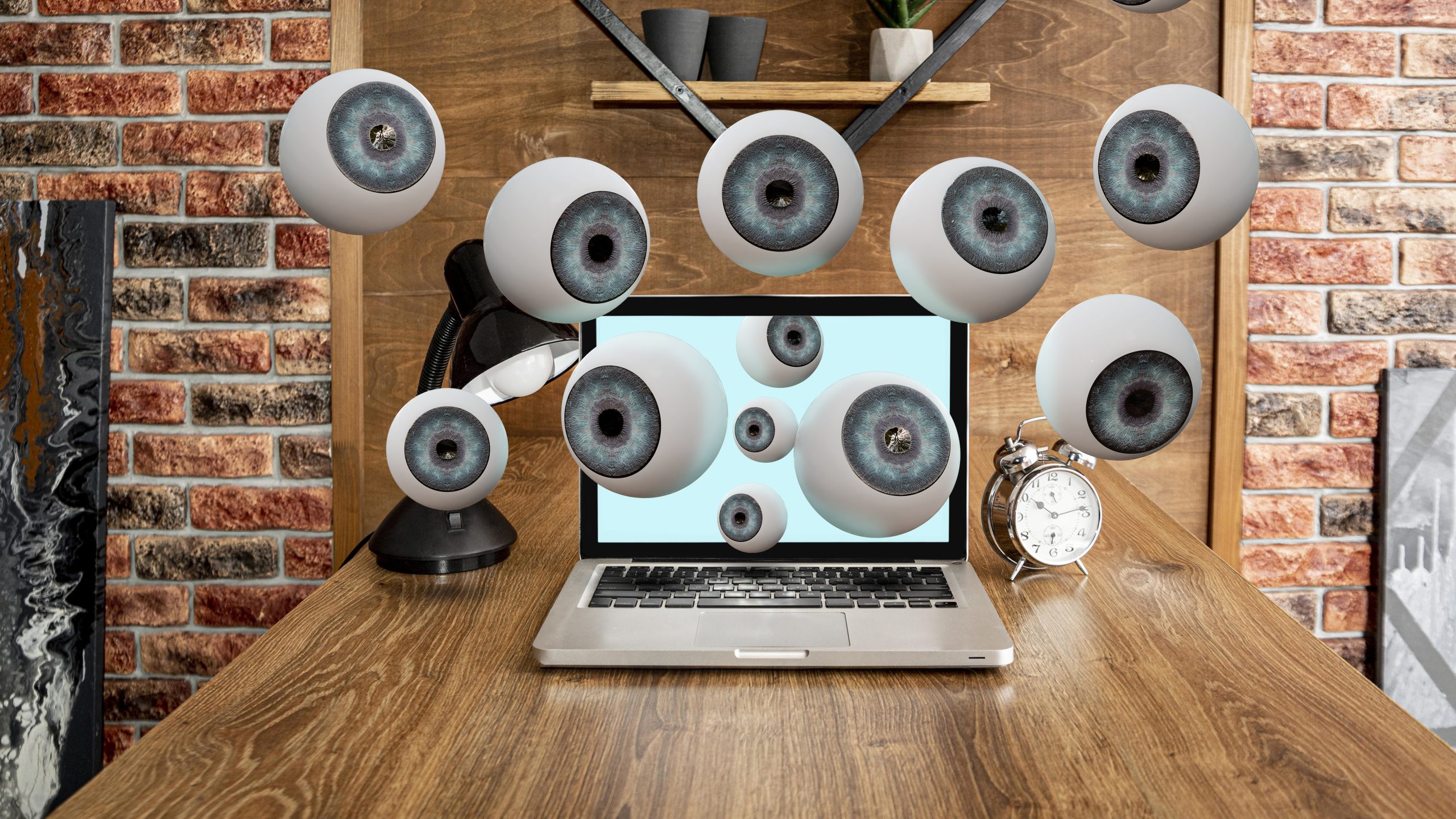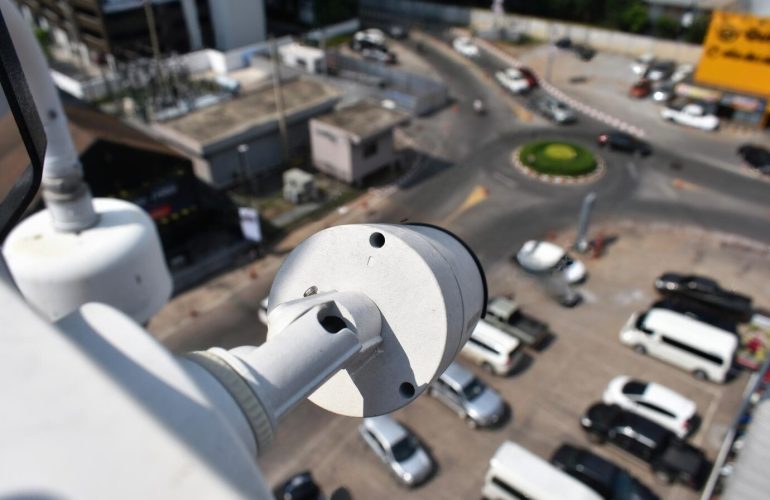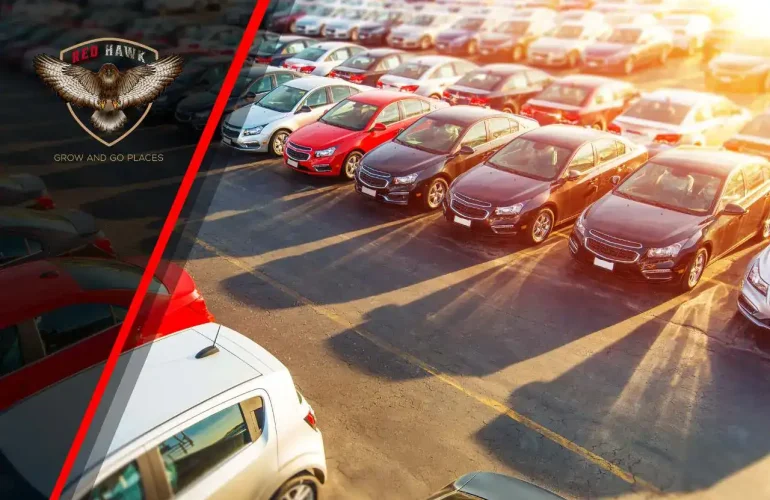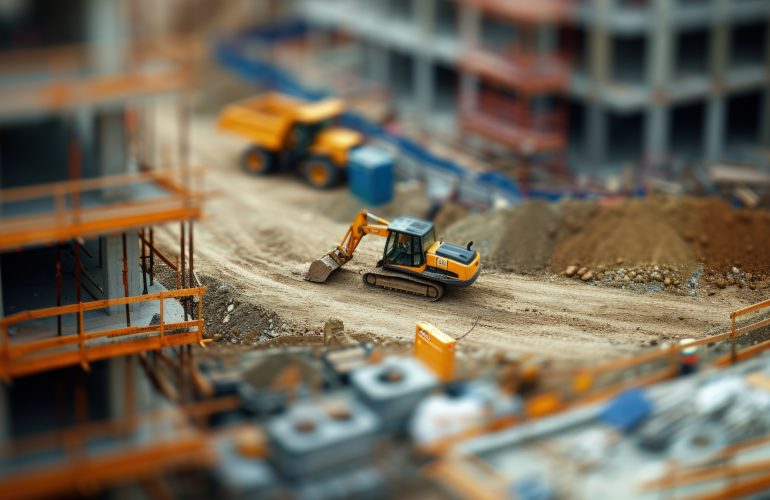Eyes Everywhere: Mastering CCTV Monitoring Security
Introduction:
Why CCTV is More Important Than Ever in Today’s World
In an age where security threats are increasingly unpredictable and diverse, the significance of Closed-Circuit Television (CCTV) systems cannot be overstated. As urban populations swell and the assets needing protection become more complex, the necessity for effective surveillance grows. Today, CCTV is not just about recording crimes; it’s a critical component of proactive security measures that help maintain public safety, secure business operations, and protect private property. By integrating advanced technologies, CCTV systems now offer more than mere observation—they are essential tools in the strategic management of security and operational risks.
Understanding CCTV Technology:
What is CCTV?
CCTV, or closed-circuit television, is a type of surveillance technology that is used to keep an eye on many places and activities. Video cameras are used to send a signal to a certain set of monitors. This makes sure that only people who are allowed to see the recorded images can see them. This method is very different from broadcast TV because the signal is not sent openly. Instead, it is watched, mostly for safety and security reasons.
The Evolution of CCTV Technology
CCTV has come a long way from simple video cameras to complex digital monitoring systems. This is similar to how modern technology has changed over time. CCTV cameras used to only be used in high-risk places, but now they have features like recording in high definition, recognizing faces, and analyzing data in real time. Connectivity to the internet and the use of artificial intelligence (AI) have turned CCTV cameras from inactive surveillance systems into active security systems that can predict and stop crimes before they happen.
The Essentials of a Robust CCTV System:
Key Components of CCTV Systems
A comprehensive CCTV system consists of several key components that work together to create a seamless security network. These include:
- Cameras: These are the system’s eyes. They come in different styles, such as dome, bullet, and hidden, and can be used in a range of situations.
- Recording Devices: Digital video recorders (DVRs) or network video recorders (NVRs) store and organize the video images that cameras take.
- Monitors: These are screens that show the live feed from cameras so that security staff can keep an eye on things as they happen.
- Cabling: The wires that connect cameras, recorders, and displays and send data between them.
How CCTV Makes Security Better
CCTV systems make places safer by constantly watching certain areas, discouraging criminal behavior, and keeping records of what happens. This skill is important not only for preventing crime, but also for quickly settling disagreements, gathering proof, and following the law. CCTV surveillance in businesses helps make sure that safety rules are followed, keeps an eye on key areas, and makes a big difference in the total security strategy. These systems can produce very useful visual proof that can help stop and prosecute crime, making the world a safer place for everyone.
Advanced Features in Modern CCTV:
High-Resolution Cameras and Their Impact
With the addition of high-resolution cameras, modern CCTV systems have come a long way. These cameras can record video at 4K resolution or higher, which makes the pictures very clear and helps you see names, license plates, and other important details that lower-resolution cameras might miss. High-resolution in CCTV doesn’t just make images clearer; it also makes it easier to watch over big areas with fewer cameras without losing detail. This means that you can get full coverage with a low cost of deployment. This technology is very important in places where seeing details is very important, like keeping stores from losing money, watching crowds, and at secret installations
Integration of AI and Machine Learning
Machine learning (ML) and artificial intelligence (AI) are changing CCTV technology by adding features that go far beyond just recording videos. CCTV systems with AI can look at video footage in real time to find strange things, keep track of people’s moves, and even spot possible threats before they happen. Machine learning systems get better at detecting things over time by learning from the video footage they process. This cuts down on false alarms and makes security more effective. With this integration, passive monitoring systems can become active parts of a security protocol. This can automate replies and free up people to work on more important tasks.
The Role of Analytics in Surveillance
Video analytics are an important part of modern CCTV systems because they give information that is useful for more than just protection. Analytics can look at video to find groups of people, control traffic, improve store plans, and do a lot more. Businesses and public safety groups can use CCTV not only for security, but also to improve operations and make plans for the future because of this feature. Video analytics gives us information that helps us make smart choices, give better service, and make the customer experience better.
The Benefits of Implementing CCTV:
Deterrence of Criminal Activities
Criminals are much less likely to do bad things when CCTV systems are around. People who might break the law are less likely to do so if they know that what they do could be taped. This safety step is very helpful for businesses because it lowers the chance of theft, vandalism, and other security problems that could hurt their operations and profits.
Real-Time Monitoring and Security
CCTV systems make it possible to keep an eye on a building at all times, which is very important for responding quickly to security problems. Since this feature is available, security staff can quickly step in and stop crimes before they happen or manage them as they happen, reducing damage and making everyone safer.
Evidence Collection and Legal Compliance
People often use CCTV video as proof in court because it shows what happened and can’t be argued with, which helps settle disputes more quickly. Also, following the law when it comes to surveillance can keep companies from getting sued and make sure they follow privacy rules, which vary from place to place.
Red Hawk’s Customized CCTV Solutions:
Tailored Security to Meet Industry Needs
Red Hawk knows that the security problems in each business are different. Because of this, we offer CCTV options that are specially made to fit your needs. Whether it’s a gas station that needs to be watched 24 hours a day, seven days a week or a high-rise building that needs complex access control integration, Red Hawk creates solutions that not only keep properties safe but also meet operational goals and industry standards.
Integrating CCTV with Other Security Measures:
Combining CCTV with Alarm Systems
When you combine CCTV and alarm systems, you get a strong, unified security option. When a warning goes off, the CCTV system can send cameras right to the problem area to record what’s happening in real time. This integration not only makes reaction measures more effective by letting you see when an alarm goes off, but it also helps you make decisions faster, which could stop criminal activities in their tracks. This combination can also be used to check for false alarms, which saves companies and emergency services time and money.
Access Control and CCTV: A Layered Approach
A complete security solution is a layered security method that combines CCTV and access control systems. Access control systems decide who can enter and leave a building, and CCTV cameras watch these people as they move around inside and outside the building. This combination makes sure that only people who are supposed to be there can get into sensitive areas, and that their actions are tracked for safety reasons. It works especially well in places that need to be very secure, like business offices, government buildings, and research facilities, adding an extra layer of safety and accountability.
Choosing the Right CCTV System for Your Needs:
Factors to Consider Before Installation
There are a few important things you need to think about when picking the right CCTV system to make sure it meets your security needs:
- Coverage and Clarity: Figure out how big the area you want to watch is and how much information you need. This will change the cameras that need to be used and their quality.
- Scalability and Flexibility: Think about how you could grow in the future if your needs do too. It should be possible to add more cameras or more powerful technology to the system as needed.
- Storage Needs: Think about how much and how long you need to store video images. This will affect the type of storage you choose.
- Legal Compliance: Make sure that the system follows all local monitoring laws, such as those that protect data and people’s privacy.
Professional Installation vs. DIY: What You Need to Know
Even though installing CCTV yourself might seem like a good way to save money, it’s best to have a professional do it for a number of reasons:
- Expertise: Only professionals know how to place cameras and set up systems in the best way, which can be very important for making sure full coverage and system efficiency.
- Complex Integrations: Professional operators can easily connect CCTV to other security systems, such as alarms and access control, to make the system work better.
- Maintenance and Help: Most professional services include maintenance and technical help to keep your system in great shape and cut down on downtime.
Maintenance and Upkeep of CCTV Systems:
Routine Checks and Maintenance Tips
For your CCTV system to work successfully over time, it needs to be serviced regularly. Here are some upkeep and check-up tips:
- Camera Lenses: Make sure to clean the camera lenses often so that dust and dirt don’t lower the quality of the video.
- Software Updates: Make sure the software and hardware on your CCTV system are always up to date to avoid security holes and get the newest features.
- Power Supply Checks: Make sure that backup and power supplies are regularly checked so that cameras and storage systems can still work if the power goes out.
- Storage Capacity: This is something you should check often to make sure you have enough room to record videos. As needed, change the settings or add more space.
Addressing Common Issues in CCTV Operation
Video that is fuzzy or distorted, connection issues, or recording fails are all common problems with CCTV. Usually, dealing with these problems means::
- Changing the Camera Settings: You can make the movie better by changing settings like focus, brightness, and contrast.
- Making Sure Connectivity Is Stable: To keep IP-based CCTV systems’ connections stable, check them often and repair any broken cables or parts.
- Regular System Audits: Make sure that all parts of the CCTV system are working properly and quickly by doing regular system audits.
Legal and Ethical Considerations:
Navigating Privacy Laws
Anyone setting up a CCTV system needs to know how to deal with the complicated web of privacy rules. There are different rules in each area when it comes to privacy and data security, especially when it comes to recording public and private areas. Businesses must make sure that their CCTV methods are legal so they don’t get in trouble with the law. Important things to think about are getting the right permissions, letting people know that CCTV is present with clear signs, and making sure that the ways that data is stored and accessed protect people’s privacy rights.
Ethical Surveillance Practices
In addition to following the law, ethical concerns in monitoring include protecting people’s privacy while keeping them safe. It’s important to make sure that privacy rights are respected and that CCTV systems aren’t used to pry into people’s private lives without a reason. Putting in CCTV systems in a way that doesn’t bother people means only putting cameras in places where there are real security risks and not in private areas like bathrooms or changing rooms.
The Future of CCTV Technology:
Upcoming Trends in Surveillance Technology
As time goes on, CCTV technology will continue to improve quickly, which will make monitoring more useful and less bothersome. One trend is the creation of smarter AI programs that can look at video for more specific behaviors and patterns. This means that humans won’t have to watch as much and privacy will be safer. The addition of face recognition technology is another big step forward. This technology is controversial, but it has powerful security and operational uses if it is used correctly.
How IoT and Smart Devices Are Integrating with CCTV
The Internet of Things (IoT) and smart gadgets are being added to CCTV systems, which is making surveillance a more automated and interconnected tool. The Internet of Things (IoT) lets things like cameras, sensors, and alarms talk to each other. This makes it possible for a secure network that can act quickly to different situations. For example, smart cameras can now change based on the surroundings or call for other parts of a smart home or business security system to be used when threats are found.
Conclusion
As we’ve explored in depth, remote video surveillance is a comprehensive security solution that adapts to diverse needs and environments. From enhancing business security to streamlining operational management, this technology not only offers robust security but also delivers peace of mind through its continuous monitoring and real-time response capabilities. With the ever-evolving landscape of threats and technological advancements, integrating remote video surveillance into your security plan is more than just a preventative measure; it’s an essential component of modern safety and efficiency.
Schedule a Consultation with Red Hawk Today
If you’re ready to take your security to the next level, scheduling a consultation with Red Hawk is your next step. Our team of experts will help you assess your specific needs, discuss potential solutions, and design a security system that best fits your requirements. Whether you’re looking to protect a small business or a large enterprise, Red Hawk offers tailored solutions that integrate the latest in security technology. Don’t wait until it’s too late to enhance your security measures. Contact us today to learn how we can help you stay secure and focused on what matters most—growing your business.
FAQs
What is remote video surveillance?
Remote video surveillance involves using cameras that transmit footage to a remote location where it can be viewed and managed online. This technology allows for real-time monitoring and security management from anywhere with internet access.
How does remote video surveillance enhance security?
Remote video surveillance allows for continuous monitoring, providing real-time alerts and the ability to respond quickly to incidents. Advanced analytics can detect unusual behavior, such as unauthorized access, and send instant notifications to ensure that security breaches are addressed promptly.
What should I consider when choosing a remote video surveillance system?
Key considerations include camera resolution, field of view, night vision capabilities, and whether the system can scale according to your needs. It’s also important to ensure the system complies with legal standards and integrates well with existing security infrastructure.
Can remote video surveillance be integrated with other security systems?
Yes, remote video surveillance systems can be integrated with other security measures such as alarm systems, access controls, and emergency response systems. This integration creates a more comprehensive security solution that enhances the overall effectiveness and efficiency of your security operations.
